What is the Most Affordable Type of Roof?
When it comes time for a roof replacement, the number one thing most homeowners are concerned about is price. The shingles you choose for your new...
Do you need a new roof? Are you concerned about paying for a full roof replacement? Instead of a roof replacement, you could consider getting a roof nail-over.
Whether it be a roof replacement or repair, we want homeowners to know all of their options for getting a new roof. That’s why we came up with this list of everything you need to know about nailing over your asphalt roof.
By the end of this article, you’ll know what a roof nail-over is and four things to consider before choosing one for your roof. Let’s get started.
When it comes time for a new roof, you may be presented with two options: a roof replacement or a nail-over. A roof replacement is when a contractor completely tears off your old roof and installs all new roofing components. A nail-over, however, is the process of nailing new asphalt shingles over top of your old ones.
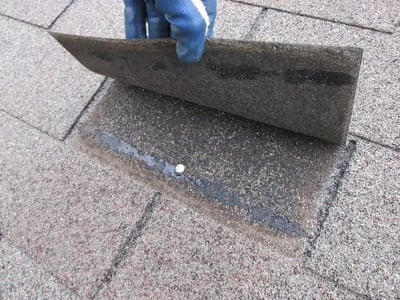
Nail-overs are not as common as roof replacements because, in most states, your roof can only have a maximum of two layers of shingles for fire safety reasons. If your roof already has two or more layers, your contractor will likely recommend a full replacement.
If your shingles have seen better days but the overall structure of your roof is still in good condition, you may be a good candidate for a roof nail-over. For example, if your shingles have lost their granules but aren’t curled, missing, or causing leaks, you may be able to install new shingles over them.
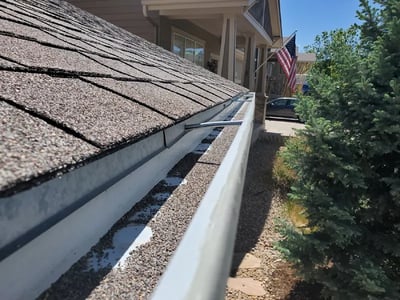
Most roofs, however, aren’t eligible for a nail-over, which is why they aren't recommended. To qualify, your asphalt roof has to be near the end of its lifespan and your shingles must be laying down flat, which is uncommon, as shingles tend to lift crack or blister with age. Your roof must also have only a few penetrations, a small amount of flashing, and no walls that butt up against your shingles.
While other roofing companies may offer to nail-over your roof, we do not do nail-overs here at On Tops Roofing. Nailed-over shingles are at a much higher risk of blistering, cracking, and nails backing out of the shingles, leaving them with only about 50% of their expected lifespan. This is why we always suggest investing in a full roof replacement.
A trustworthy contractor should always inform you of the potential issues that come with nailing over your roof. If you are interested in a nail-over, your contractor should do a thorough inspection of your roof to make sure it’s a safe choice.
After they complete their inspection, your contractor will let you know if your roof is eligible for a nail-over. One of the main reasons you wouldn’t be able to do a nail-over is if your roof doesn’t have asphalt shingles. A nail-over can only be done by having new asphalt shingles installed over old asphalt shingles. It isn’t possible to mix roofing materials or install new asphalt shingles over slate, metal, or wood tiles.
You also won’t be able to do a nail-over on top of curled shingles. To make sure the new shingles are properly installed, the original layer needs to be completely flat and level. You also shouldn’t add new shingles to a visibly damaged roof. While you may want to cover up the damage, it’s better to do a complete replacement and solve the source of the problem, otherwise, it will just crop up again in a few years.
The main reason homeowners choose to do a nail-over instead of a full roof replacement is because of cost. Your contractor is only nailing over your old shingles, so they don’t have to do most of the typical roof replacement process.
When your roof is nailed over, your contractor won’t install new underlayment, flashing, or decking. This cuts down on labor and material costs, making nail-overs cheaper than a full roof replacement.
When you get a full roof replacement through a certified contractor, you can register your new roofing materials with the manufacturer to get both a manufacturer’s warranty and an extended manufacturer’s warranty:
Make sure to ask if your warranty is prorated or non-prorated. Proration refers to a roof’s decrease in value over time. With a prorated roofing warranty, the manufacturer may offer 100% coverage for defective roofing materials for the first 5 to 10 years. As your roof ages, the warranty will cover a dwindling percentage of the cost. This means the amount of coverage you get will change according to the time left in the warranty period or the value of your roof at that time.
However, you won’t be able to get an extended manufacturer’s warranty if you choose a roof nail-over. You can still get a contractor’s workmanship warranty, but you’ll only be able to get the standard warranty from your manufacturer.
Roof flashing is thin pieces of metal installed to direct water away from critical areas of your roof (valley, walls, dormers, chimneys, skylights). These areas are considered the most vulnerable because they can cause major water damage if not flashed correctly.
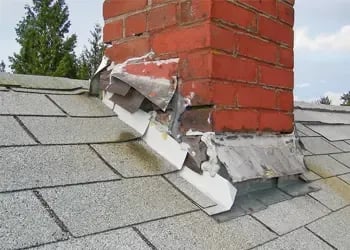
Your roof’s flashing will be checked out when a contractor performs an inspection for your new roof. They’ll make sure your flashing isn’t rusted and that the integrity of the metal is strong enough to keep your home safe from the elements.
When you get a roof nail-over, your contractor won’t be able to install new flashing. They’ll only have your current flashing job to rely on. If your flashing is compromised or the past work was done poorly, your contractor will likely not recommend a nail-over.
When you get a roof replacement, your contractor will tear off your old roofing materials all the way down to your wooden roof decking. This gives them a chance to inspect the decking’s integrity to see if it’s strong enough to handle your new roof.
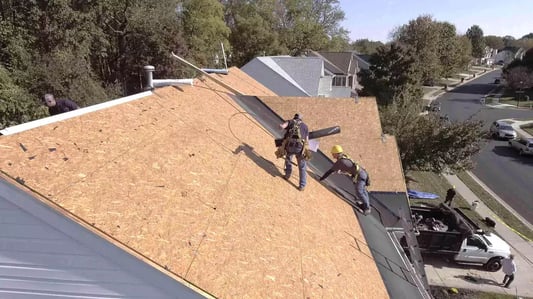
When you get a nail-over, your contractor won’t be able to inspect your decking before adding the new shingles. If a section of broken or rotted decking is found during installation, your contractor will have to take off your old shingles, repair the old decking, reinstall the old shingles, and then restart the process of nailing over your new shingles. This process is tedious, will add costs to your installation, and will greatly increase the
Now that you know what a roof nail-over is and four things to consider before choosing a nail-over, you should feel more confident deciding whether or not a nail-over is the right choice for your roof. However, you’ll still need to talk over your choice with a roofing contractor.
While you may like the sound of a nail-over, your roofer should be honest enough to let you know whether or not a nail-over would be a safe choice for your roof. You don’t want a contractor who only tells you what you want to hear just so they can win your business.
Whether you want a nail-over a full roof replacement, you need a contractor who does high-quality work all the way through, starting with helping you make the right decisions for your roof. You can read this article on three signs you shouldn’t trust your contractor to help you avoid shady roofers.
If you live in Raleigh and need help with your roof, don’t hesitate to fill out the form below for an inspection, a free estimate, or even to ask us more questions about roof nail-overs. With over 30 years of experience, we know how to provide the high-quality roofing service that homeowners are looking for.

When it comes time for a roof replacement, the number one thing most homeowners are concerned about is price. The shingles you choose for your new...
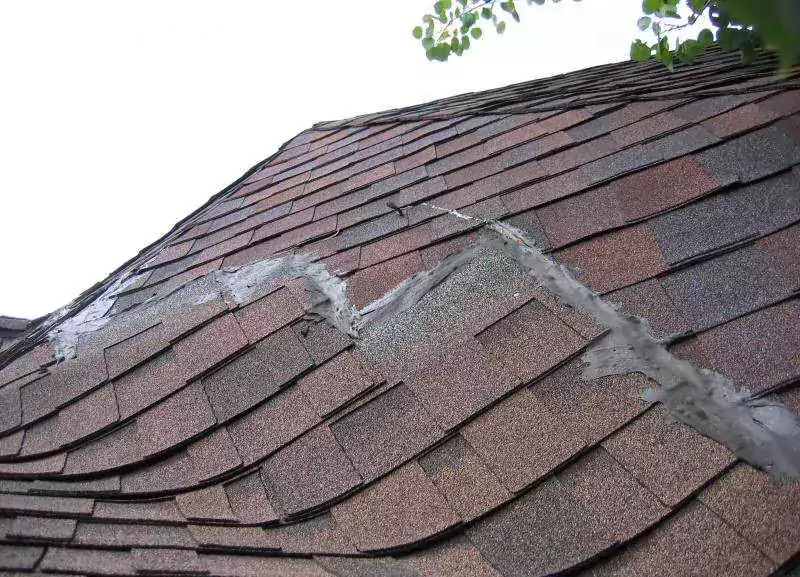
When it comes time for a roof replacement, the number one thing most homeowners are concerned about is price. While you may be tempted to choose the...
_WebP.webp)
When it comes time for a roof replacement, it can be overwhelming to hear unfamiliar roofing terms casually tossed around like you’re supposed to...